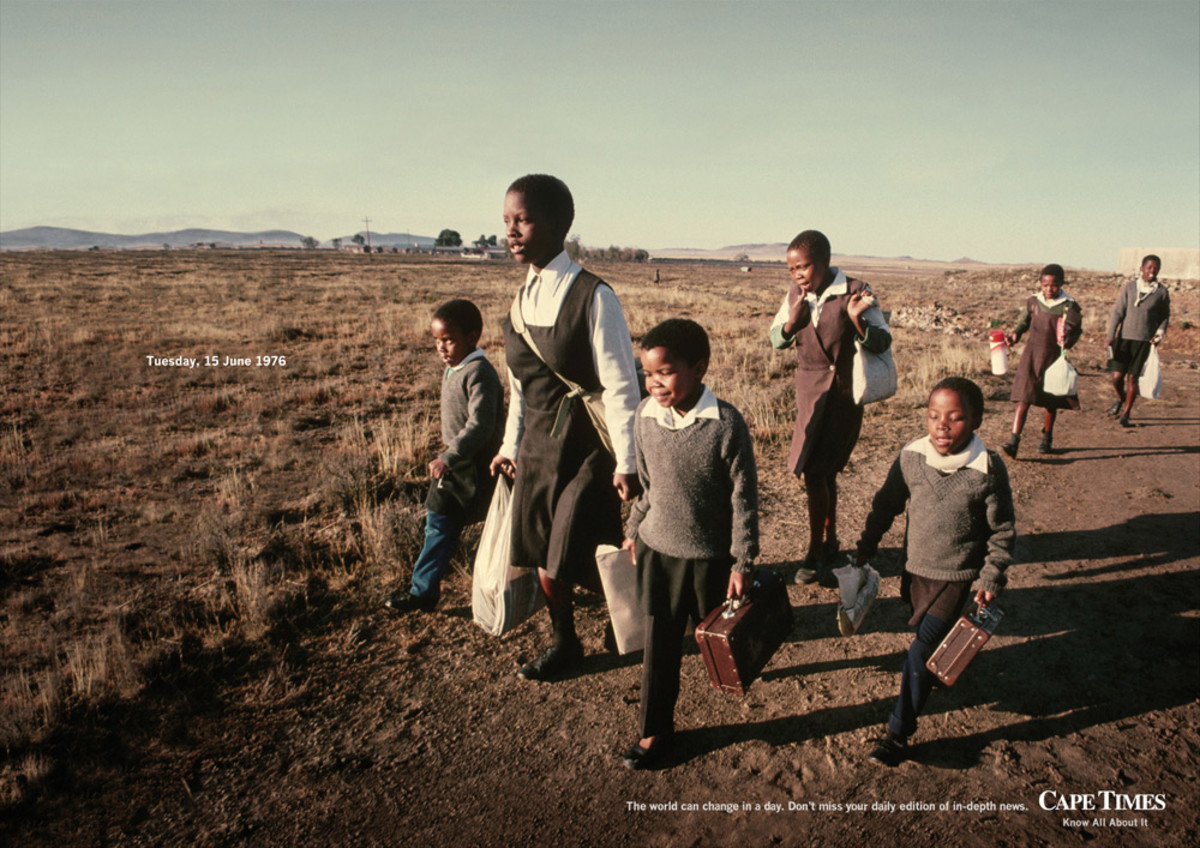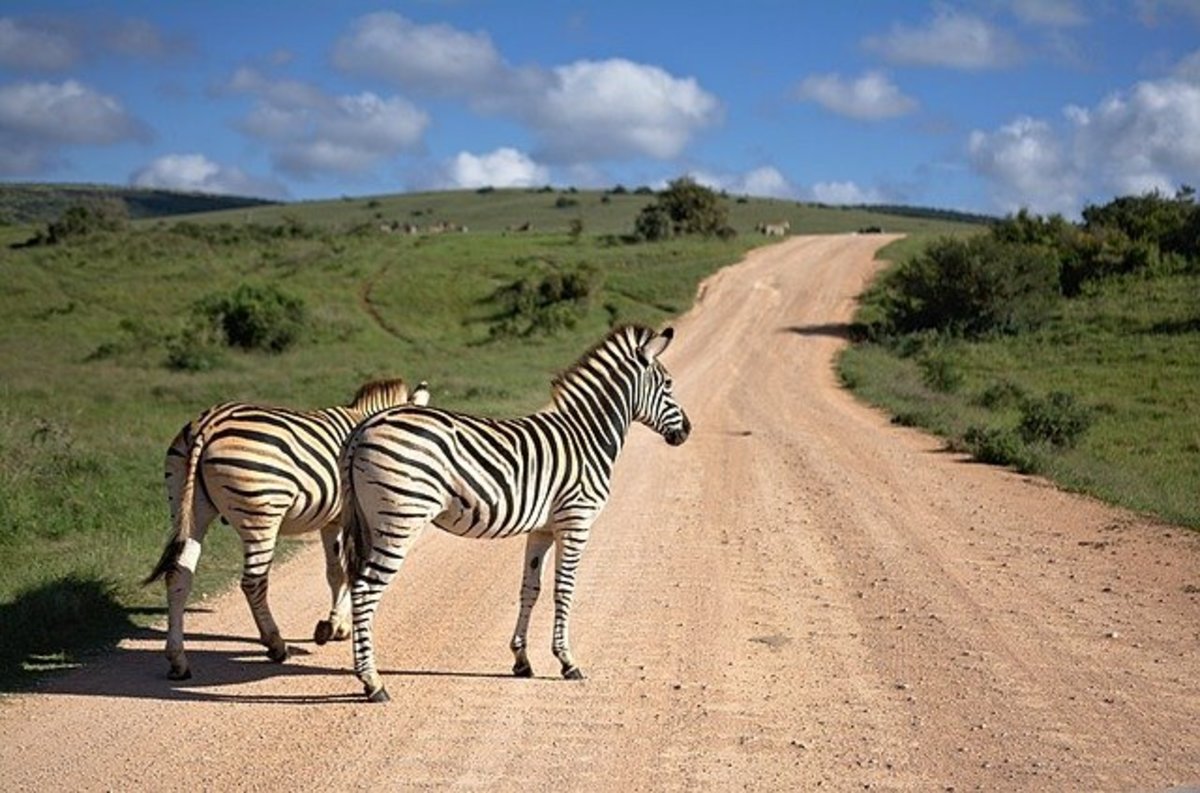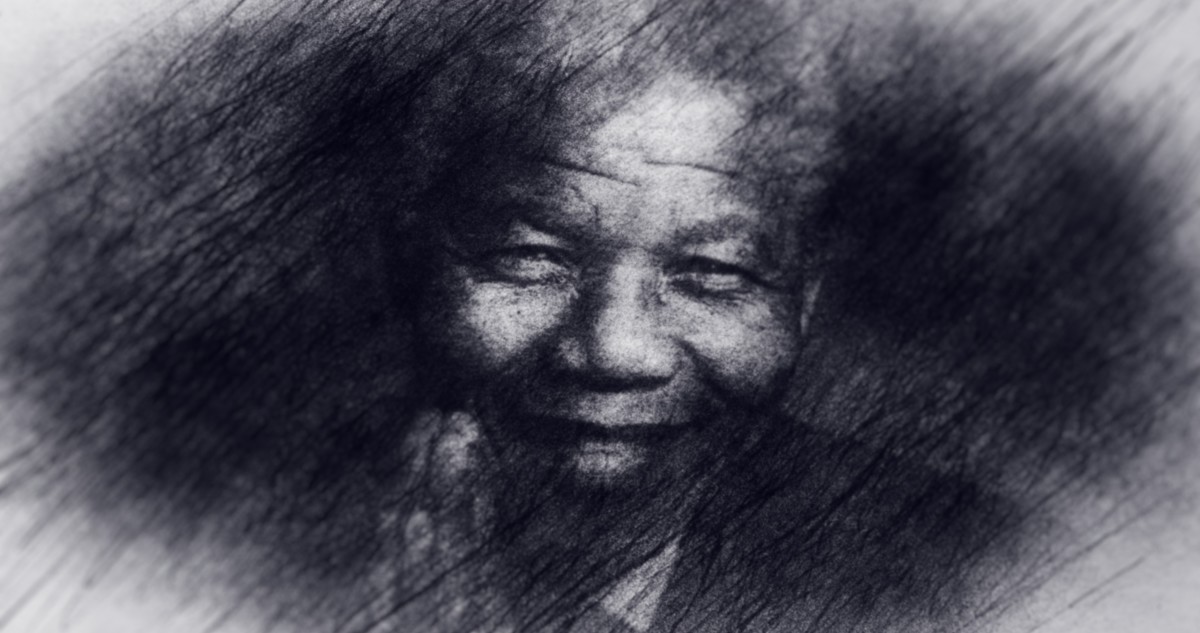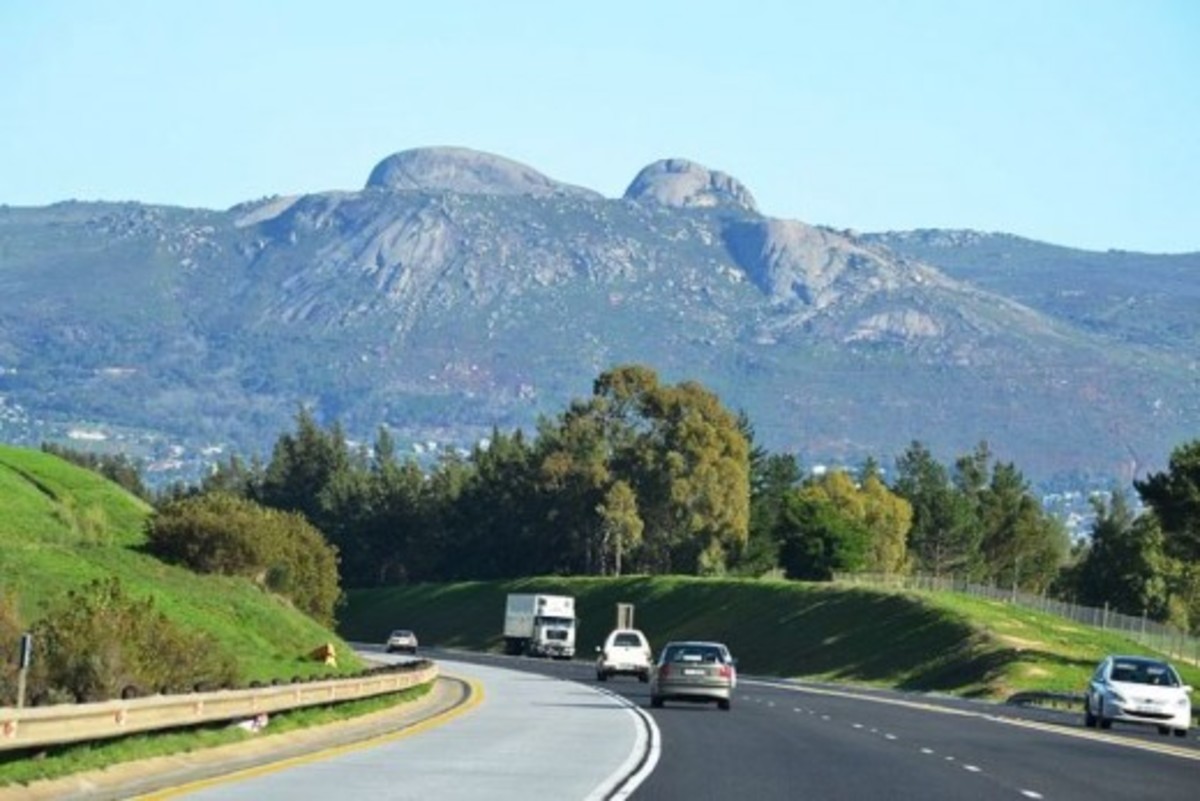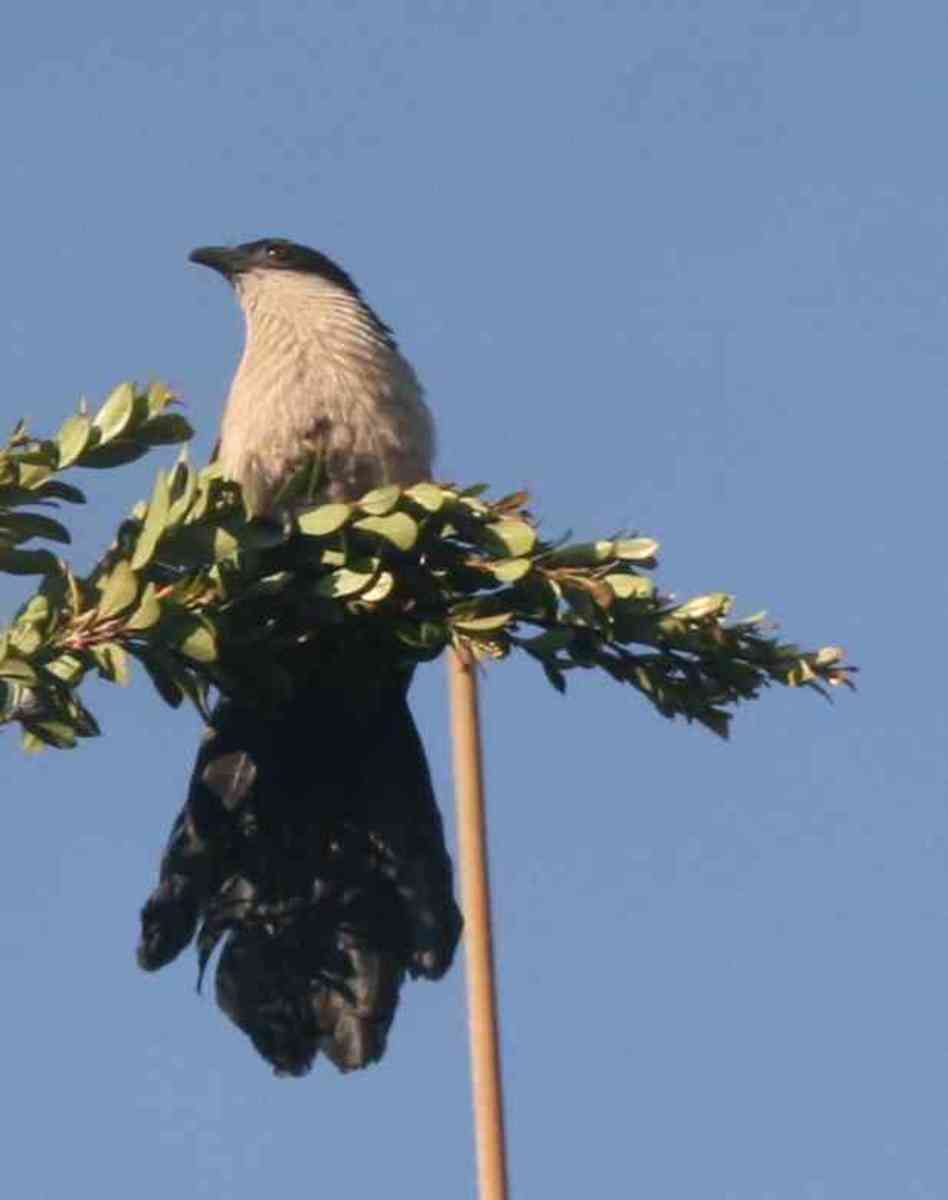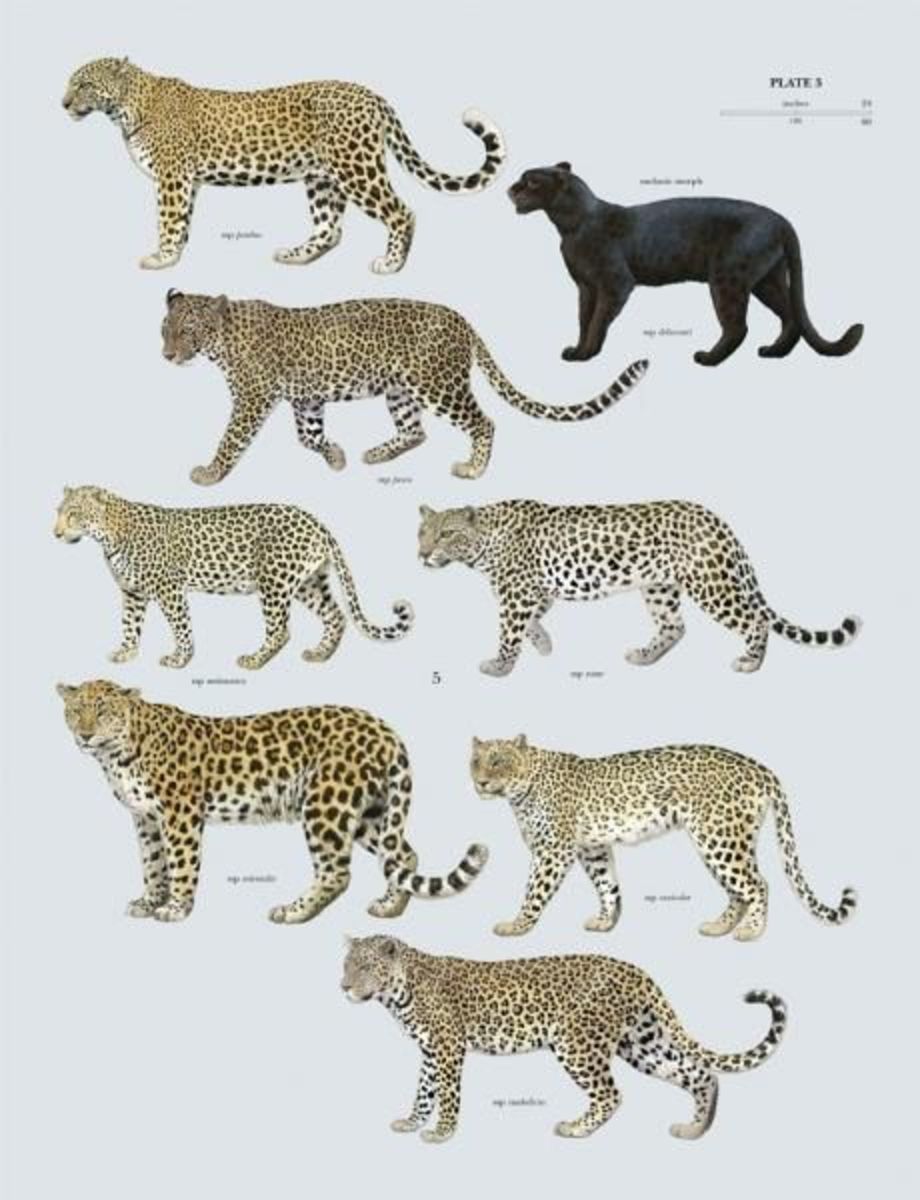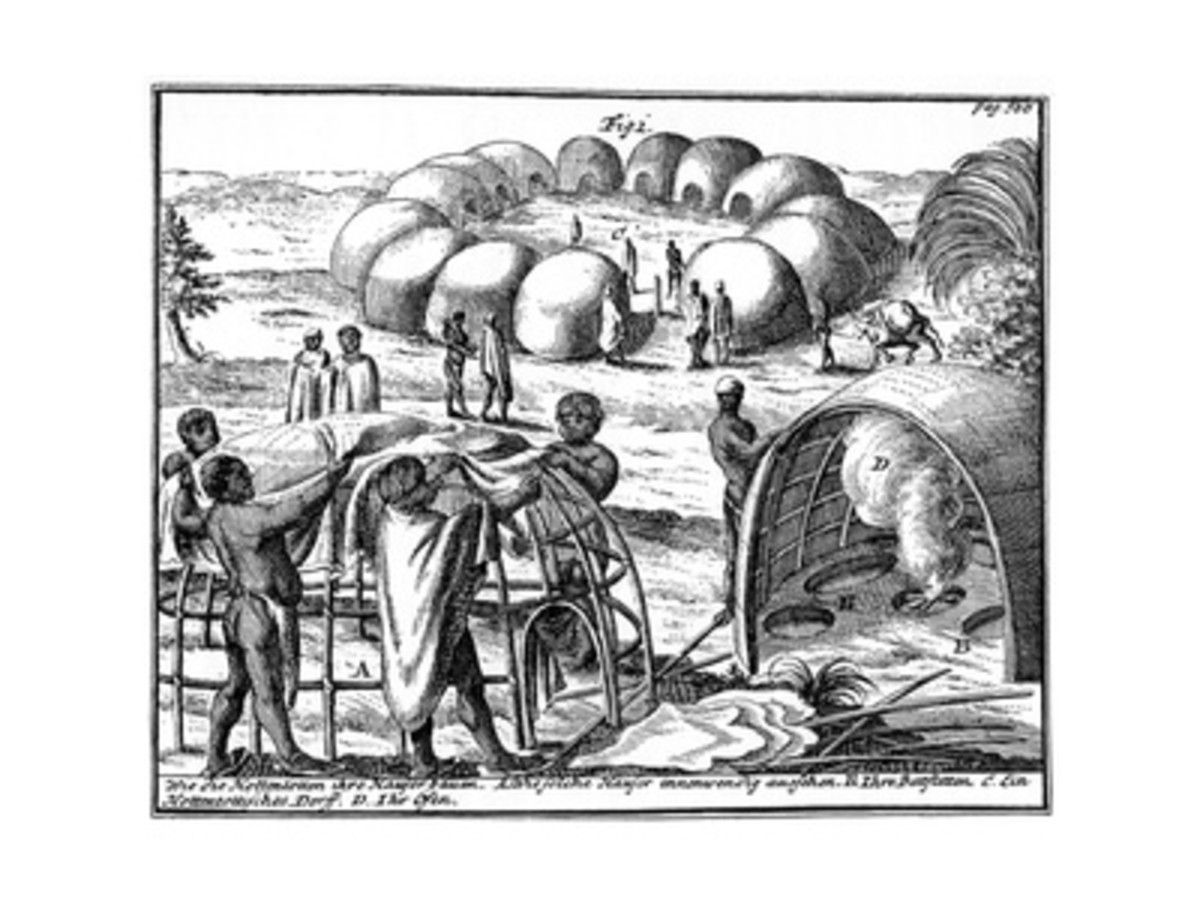- HubPages»
- Travel and Places»
- Visiting Africa»
- Travel to Southern Africa
Top 10 classics to look out for when touring South Africa
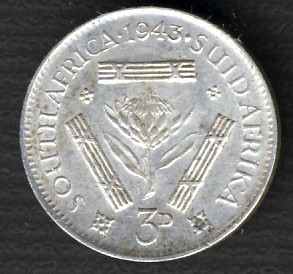
World Cup – its been and gone, but there are still reasons to come to South Africa!
OK, so the whole world came to South Africa for the first ever Fifa World Cup on African soil. Now that the dust has settled there are still many good reasons to come to this beautiful country - warm sunny days, outstanding scenery, and a mutli-cultural welcome from one of the most diverse populations in the world.
When people come to this country they might want to sample some of the really South African things that make our lives here perhaps unique and certainly more interesting.
To help visitors to South Africa get a feel of what makes us so different, I have put together this list of 10 essentially and uniquely South African foods and other products.
For South Africans there are some things that define our lives as South African because their presence in our lives is almost unquestioned. The following are some of my favourites. It is a personal list and I make no claims for either completeness nor originality. There are also quite a few that I have left off the list so as not to make it too lengthy. Things like Rooibos tea and potjiekos, mngqusho and mahewu, mpokoqo and amasi. OK so you don't know what these are and maybe they are subjects for another Hub.
For most South Africans the items on this list are essential parts of daily life. As people in the UK will often speak of a Hoover when they mean a vacuum cleaner we in South Africa will often refer simply to "Mrs Ball's" when we mean chutney or “Klippies” when we mean brandy. Why these names are so iconic will be explained as we go along.
This is not to say, unfortunately, that these things will always be around. Some quintessentially South African things have already in my lifetime disappeared, not without a trace, though. Things like a “tickey”, which originally referred to the old silver threepenny piece which was very small, but which survives in our language in two ways: a small person is often referred to as a “tickey” and when we want to describe a car's turning circle we often say “it can turn on a tickey”, meaning that it has a very small turning circle. There was for many years a famous circus clown in South Africa who called himself “Tickey” on account of his diminutive size. I'm sure many people using these terms don't know the origin of them any more, but that's “progress” for you!
Anyone coming to this wonderful country should, in order to get a full taste of it, at least try to find and use or eat (or drink) some of the following.
If people in the US can think of something being “as American as apple pie” then we in South Africa can think of something being “as South African as Mrs Ball's”! You might find things similar to these I present here but the South Africanness of these is clear, and unforgettable. So come to our great country and enjoy (and crime, while it is a problem, is not “out of control”as some would allege).
South Africans of all races are noted for their hospitality and friendliness. And the following are essential ingredients of that hospitality.
Disclaimer: I suppose I should tell everyone that I am not in any way connected with, nor am I paid (yet?!) by the manufacturers of, any of the products in this Hub.
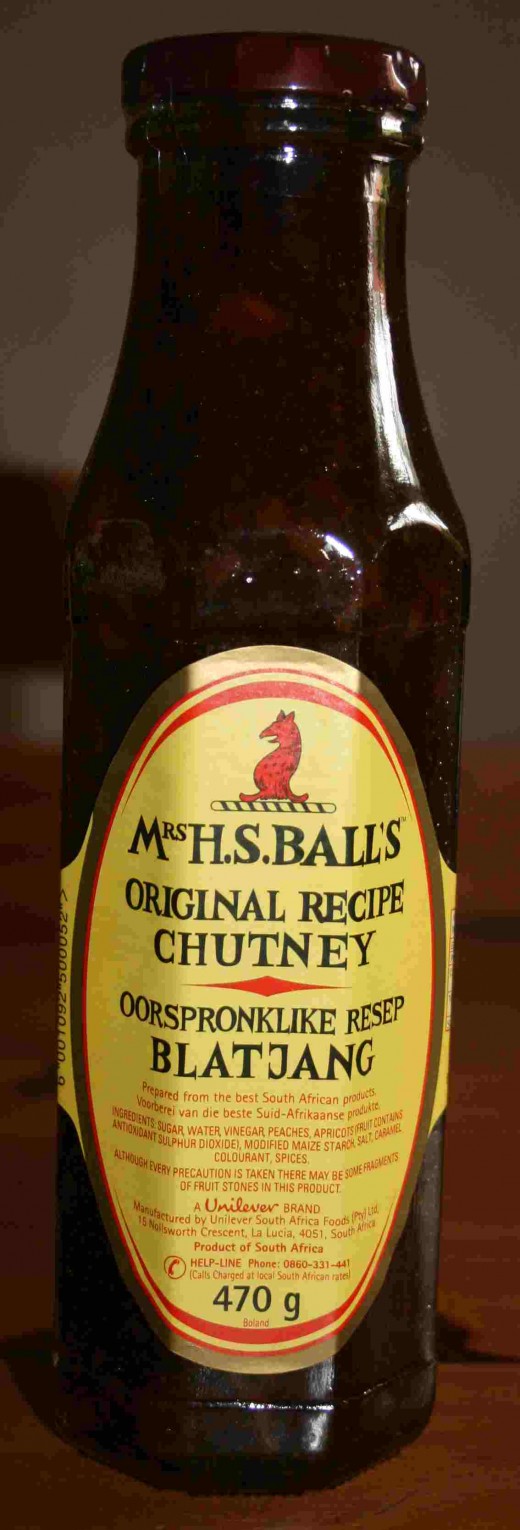
Mrs Ball's Chutney
In South Africa there is a Cape Malay dish known as bobotie (see below) and for many eating it without Mrs Ball's would be unthinkable! This chutney has a long and interesting history. In about 1870 Elizabeth Sarah, the wife of a Mr Henry James Adkins, of Fort Jackson in the Eastern Cape (when it was still part of the British Cape Colony) stated making a condiment which she sold locally with the label “Mrs Henry Adkins Senior, Colonial Chutney Manufacturer, Fort Jackson, Cape Colony.”
Mr and Mrs Adkins had daughter called Amelia, born in 1865, who married Herbert Saddleton Ball. After spending some years in Johannesburg the Balls moved to Cape Town, and Mrs Ball brought with her the recipe of her mother's “colonial chutney.” She started making the chutney at their home in Fish Hoek near Cape Town and her husband would take the train to Cape Town every day, taking some bottles of his wife's chutney to sell.
The chutney became a firm favourite with South Africans and is still so today, being marketed in a distinctive octagonal bottle.
Of course the name has encouraged all kinds of ribald comments and not a few jokes. I met an English couple who were immigrating to South Africa many years ago on one of the Union Castle mail ships. At dinner one evening the main course was a curry dish and they steward offered them a bottle of Mrs Ball's and they were convulsed with laughter at the name.
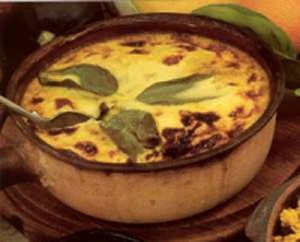
Bobotie
Like so many good things in South Africa bobotie is a product of the mingling of cultures which gives South Africa its particular distinctive character. Famous South African author Sir Lourens van der Post wrote of this dish, under the heading “East and West Meet at the Cape”, “Bobotie , a kind of minced pie, is to South Africans what moussaka is to the Greeks.”
He went on to describe the preparation of bobotie as follows:
“A basic bobotie begins with minced lamb or beef, a little soaked bread, eggs, butter, finely chopped onion, garlic, curry powder and turmeric. All are mixed together, put in a pie dish with meat drippings, and baked in a low oven for a time. The moment the mixture begins to brown, the dish is taken from the oven and some eggs beaten up with milk are poured over the top; then the dish is put back into the oven and baked very slowly to a deep brown. The pace of the cooking is important: if the oven is too hot the bobotie will be dry, and that should never happen, for an ideal bobotie is eaten moist, over rice.”
Bobotie is a typically Cape Malay dish, a favourite of the community descended from the Malay slaves brought to the Cape in the 18th Century when it was still a colony of the Dutch East India Company.
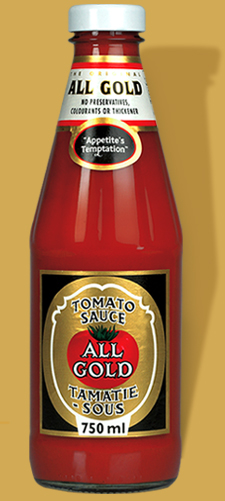
All Gold Tomato Sauce
A favourite on a great many South African lunch and dinner tables is a product that has been going for more than 100 years, All Gold tomato sauce. This iconic South African product was launched in 1908 when a Scottish (had to be Scottish!) chemist called John Semble brought a recipe to South Africa and the canning company H. Jones and Company started manufacturing the sauce to this recipe.
All Gold Tomato Sauce is preservative and colourant free which makes it very healthy compared with most other brands which contain synthetic ingredients.
“All Gold Tomato Sauce has no preservatives, colourants or thickeners. We respect the consumer’s health, and always go for the healthier alternative when we source ingredients,” says brand manager Vatiswa Sineke.
One of the great delights of South Africans is what we term “slap chips” - a colloquial term for pommes frites, or potato chips as opposed to crisps ("Slap" is an Afrikaans word meaning "limp" or "floppy"). And we love our “slap chips” with tomato sauce, and of course the sauce of choice is All Gold.
The All Gold advertising says that every bottle of All Gold Tomato Sauce contains 36 tomatoes. Did they count them, I wonder?
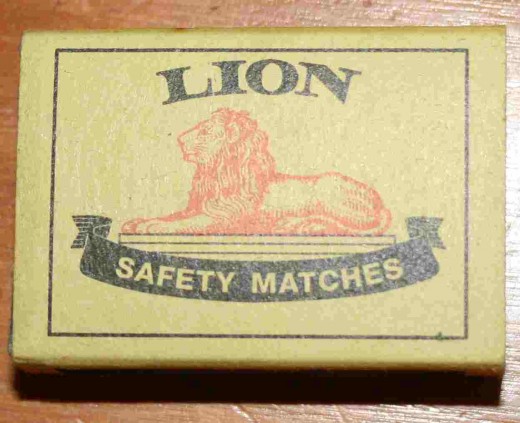
Lion matches
To light a fire or a cigarette in South Africa means to use a Lion match. This ubiquitous brand of safety matches is advertised as "your box of friends" and indeed millions of South African have used Lion matches over the years since 1905, the year they were launched.
Over the years other brands of safety matches have come and gone, but Lion matches have remained. Go to any supermarket in a large city or to a tiny shop in a remote rural area of the country and you will find a “box of friends” with its distinctive red lion logo.
A truly South African institution!
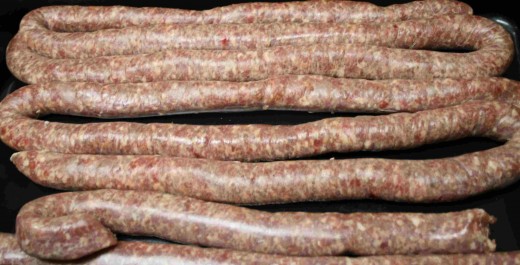
Boerewors
"Boeries", as this delicacy is fondly called by one and all in South Africa is a long sausage strongly flavoured with coriander which gives it its definitive flavour. The name comes from the Afrikaans words “boer” for farmer and “wors” for sausage, and indeed this sausage is also often simply called “wors.” There can be very few South Africans, whatever language they speak, who do not know the term “wors.”
Wors can be “braaied” or barbecued over hot coals, or baked in the oven or fried in a pan on the stove. It can be eaten with “pap” (see below) or mashed potatoes or rice. It is also sold by street corner vendors wrapped in a long hot dog roll, in which form it is called a “boerie dog”. And of course it has to have All Gold tomato sauce on it.
The smell of boeries braaing is a very South African sensation, and is mouthwateringly delicious.
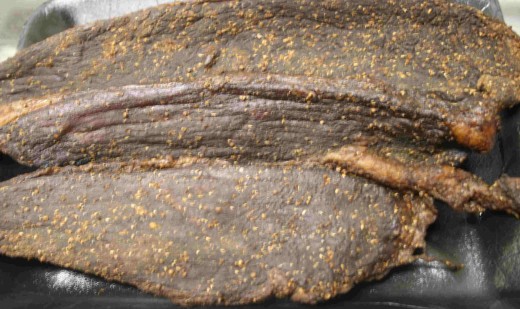
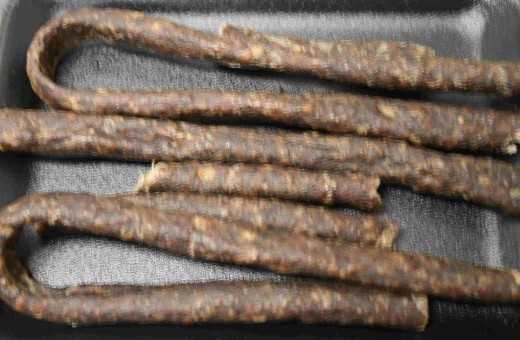
Biltong and droeë wors
Biltong is dried and cured meat, usually fairly highly spiced with a lot of coriander, like boeries. Droee wors is dried boeries. Both are dried by hanging them in special drying cabinets or rooms. Very seldom are they smoked.
Biltong - the name apparently derives from the Dutch word for rump, “bil” and the Dutch word for tongue or strip, “tong” - is dried, spiced and salted beef, although other meats are sometimes used, particularly ostrich. A basic recipe for biltong was brought by the Durtch settlers to the Cape in the 17th Century. Biltong is prepared by rubbing the strips of meat with vinegar and a mix of herbs, spices and salt. This process preserved the meat in the days before refrigerators and such preservation was very necessary as the colonists built up large herds of cattle for supplying meat, both fresh and as biltong, to the ships of the Dutch East India Company who came around the Cape on their ways to and from the East.
In those days also there were large herds of wild animals which were hunted for their meat. This meat also had to be preserved.
Biltong also helped the Voortrekkers on their long wagon journeys into the hinterland of South Africa in the early 19th Century.
Biltong is eaten as a snack these days, often accompanying beer or “Klippies” (see below).
Droeë wors is used in much the same way as biltong and is prepared simply by hanging boeries in a drying cabinet or room.

Klippies
Brandy is a very popular drink among all people in South Africa, at least those who drink alcohol, of course! A very popular brand is Klipdrift, fondly known as “klippies” by all who love it.
Klippies was first blended, bottled and sold from a farm in the Robertson district of the Western Cape in 1938.
This brandy has become synonymous with hospitality, at least in its marketing. The slogan of the brand is “Make yourself at home.”
It is best known currently in South Africa for a highly successful and amuzing series of TV ads which all play on a typically South African word, “eish”, which is used by all and sundry as a kind of fervent “oh dear!” and sounds very similar to the Afrikaans word for ice, “ys”.
One of these ads shows an Afrikaans farmer who is hosting a black man and they are drinking on the farmer's “stoep” or front porch. There is a bottle of Klippies on a table between them, and they have clearly already made deep inroads into it. The farmer says, in typical colloquial Afrikaans, “Nog enetijie (another little one)?” To which his guest replies with a deep sigh, “Eish!” Meaning something like, “I'm not sure I can.” To which the farmer replies, “Met ys, ja (yes, with ice).”
A little aside about Afrikaans drinking terms. There are wonderful nicknames for all sorts of things in the Afrikaans language, and drinks provide some of the funniest (along with politicians). For example, a brandy and water is often called “dop en dam (tot and dam)” and a vodka and cola mix is referred to as “spook en diesel (ghost and diesel fuel).”
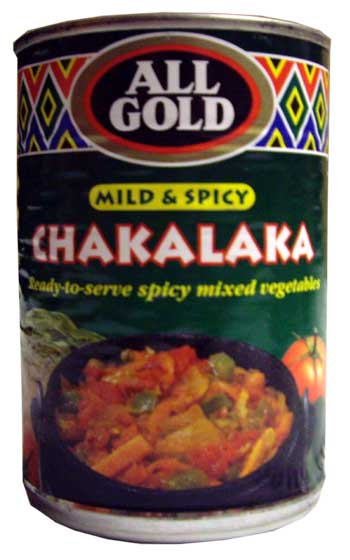
Chakalaka
This is a spicy tomato and onion sauce which comes from the black townships around Johannesburg originally. It is much beloved by most South Africans and is an essential ingredient in a successful braai. It has, besides the tomato and onion, also chili and other spices. Many people like it very spicy.
It is used as a side dish and as a sauce over pap and boeries.
While chakalaka is usually home made, it is now available in cans from various manufacturers.
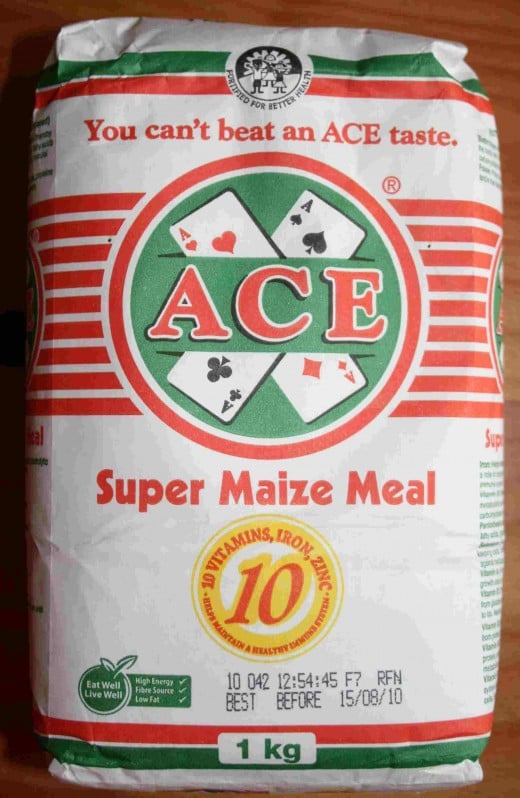
Pap
This is a porridge (the Afrikaans word “pap” means porridge) made from maize flour. It is a staple in most parts of sub-Saharan Africa, where it replaces the couscous of North Africa. It is prepared in many different ways, sometimes quite soft and other times quite solid. In this form it is commonly used at braais and is called “stywe pap” or stiff porridge.
Maize is called "mielies" in South Africa and so maize meal is called "mielie meal."
Chakalaka is very often used to give it more flavour, but it is also eaten with fresh milk, sometimes soured milk, and sugar.
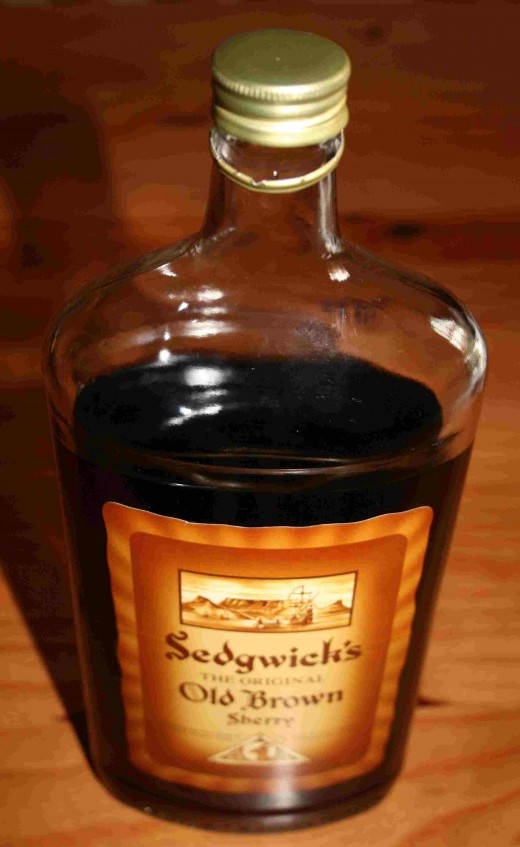
OBS
Old Brown Sherry is a very popular fortified wine from the Western Cape, especially on cold evenings when it is used to warm people up. It is a comforting drink, which is also very versatile in cooking. I use it a lot in cooking myself. It is universally referred to as “OBS”.
The company which produces it was started in the mid-19th Century and OBS was launched in 1886. In the years since it has become something of a cult item. It is made in the Spanish Oloroso style and has a lovely deep brown colour, giving it its name.
Fluit, fluit, my stories uit!
That concludes my overview of some South African products which are really typical of us and the country.
These products are available in speciality stores in many countries where South Africans have made themselves new homes, but long for some of the delights of the old country. They are also advertised by a number of on-line stores catering for ex-South Africans.
Oh, the heading on this capsule? It's a little Afrikaans childrens' rhyme that says "whistle, whistle, I've come to the end of my story." Doesn't translate very well, does it?
The "Klippies" ad
Copyright Notice
The text and all images on this page, unless otherwise indicated, are by Tony McGregor who hereby asserts his copyright on the material. Should you wish to use any of the text or images feel free to do so with proper attribution and, if possible, a link back to this page. Thank you.
© Tony McGregor 2010


